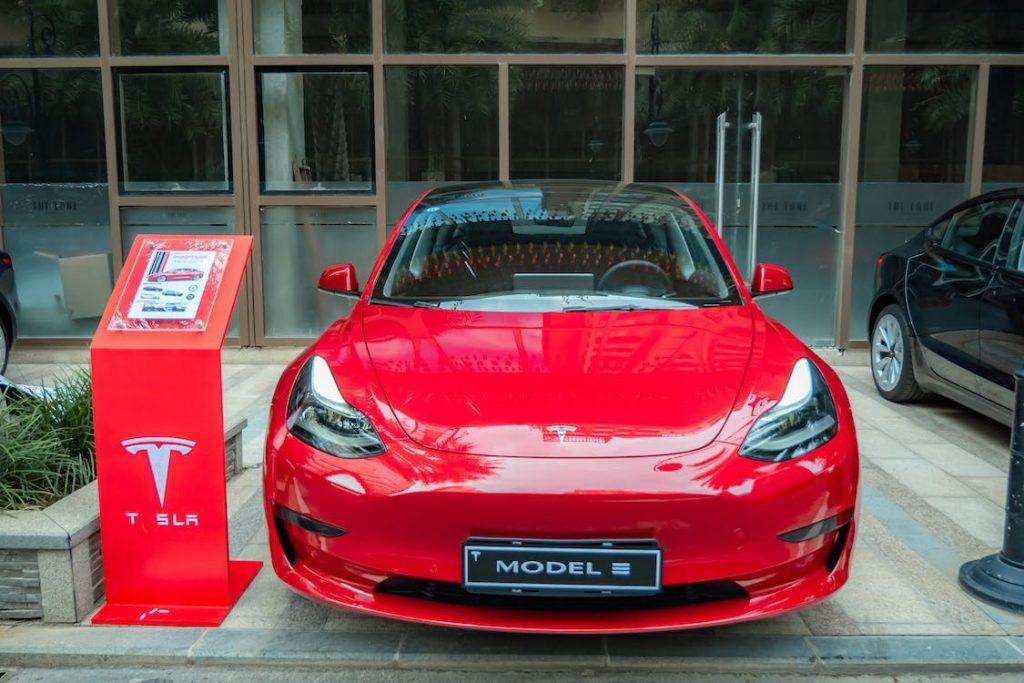According to Wood Mackenzie, forecast global demand for nickel in battery precursors for electric vehicles and energy storage will increase 36% by 2022, to 434 kt.
Its forecasts also see this demand increasing to 750 kt by 2025.
According to Lifezone Metals, The transition to clean energy is supporting a growing demand for batteries for electric vehicles and energy storage, which is expected to lead to a significant increase in demand within the global feedstock and battery precursor supply chains servicing the market.
Wood Mackenzie projects a compound annual growth rate of 9% in this segment. This growth is expected to push global demand to 1.7 million metric tons by 2035 and 2.3 million metric tons by 2050.
Nickel plays a crucial role in battery technology. It offers high energy density and substantial storage capacity, both essential for advancing electrification.
Moreover, the climate change crisis is driving higher demand. This includes electric vehicles, renewable energy storage, and supporting infrastructure. These factors are accelerating the global shift toward sustainable energy solutions.
Nickel demand
In August 2021, the U.S. government announced a target of 50% electric vehicle sales by 2030.
Then, in October 2021, several of the world’s leading countries and automakers committed at COP26 in Glasgow to sell 100% electric vehicles by 2035 in major markets and by 2040 worldwide.
To meet the growing demand for batteries, gigafactories require essential metals. These include nickel, cobalt, and copper, which are vital for battery production.
Nickel-manganese-cobalt (NMC) battery chemistry is emerging as the leading technology in the electric vehicle market. Its efficiency and performance make it the preferred choice.
However, as high-quality nickel sulfide deposits in active mines are depleted, the industry is shifting. New nickel supply for batteries increasingly depends on laterite ore processing. This involves methods like the HPAL and rotary kiln-electric furnace (RKEF) processes.
These processes present environmental challenges, particularly the RKEF method. Additionally, HPAL has a history of cost overruns and delays, further complicating production efforts.

